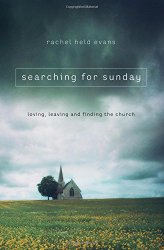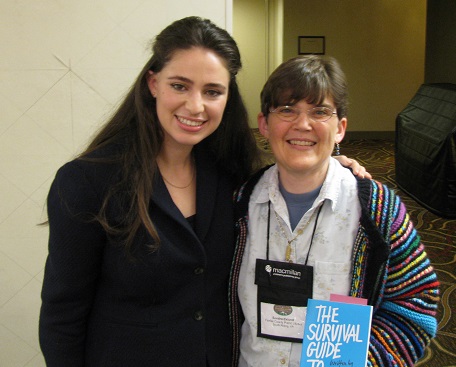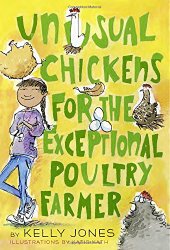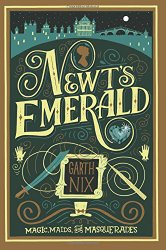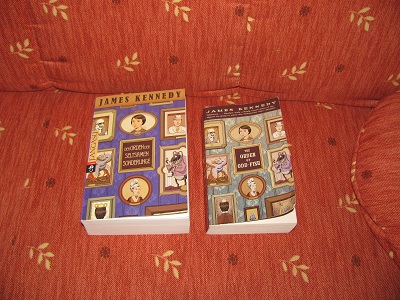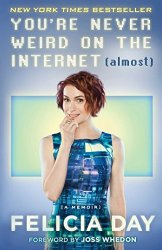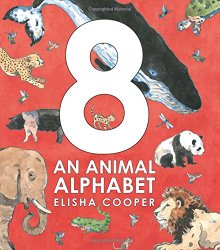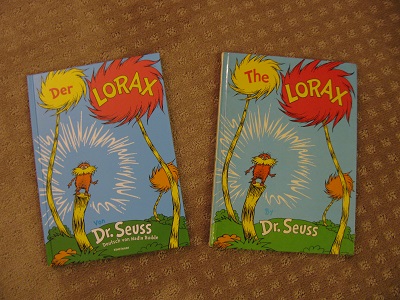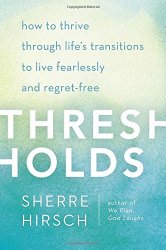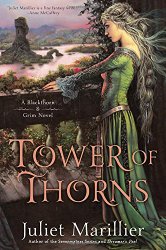Review of Searching for Sunday, by Rachel Held Evans
Loving, Leaving, and Finding the Church
by Rachel Held Evans
Nelson Books, 2015. 269 pages.
Starred Review
Lee Ann, a friend from church, told me about this book, which seems appropriate. Rachel Held Evans is young, but she cuts to the heart of what is wrong with church today. However, while she does point out some negatives, this book wouldn’t speak to me if that were all it is. She also articulates a vision of what church should be and what we should find from Christ-followers.
Her introductory chapter had me hooked. She says she’s often asked to talk about why young adults are leaving the church, and she can’t talk about all the nuances of what’s going on in every denomination.
But I can tell my own story, which studies suggest is an increasingly common one. I can talk about growing up evangelical, about doubting everything I believed about God, about loving, leaving, and longing for church, about searching for it and finding it in unexpected places. And I can share the stories of my friends and readers, people young and old whose comments, letters, and e-mails read like postcards from their own spiritual journeys, dispatches from America’s post-Christian frontier. I can’t provide the solutions church leaders are looking for, but I can articulate the questions that many in my generation are asking. I can translate some of their angst, some of their hope….
I told them we’re tired of the culture wars, tired of Christianity getting entangled with party politics and power. Millennials want to be known by what we’re for, I said, not just what we’re against. We don’t want to choose between science and religion or between our intellectual integrity and our faith. Instead, we long for our churches to be safe places to doubt, to ask questions, and to tell the truth, even when it’s uncomfortable. We want to talk about the tough stuff — biblical interpretation, religious pluralism, sexuality, racial reconciliation, and social justice — but without predetermined conclusions or simplistic answers. We want to bring our whole selves through the church doors, without leaving our hearts and minds behind, without wearing a mask.
I explained that when our gay, lesbian, bisexual, and transgender friends aren’t welcome at the table, then we don’t feel welcome either, and that not every young adult gets married or has children, so we need to stop building our churches around categories and start building them around people. And I told them that, contrary to popular belief, we can’t be won back with hipper worship bands, fancy coffee shops, or pastors who wear skinny jeans. We millennials have been advertised to our entire lives, so we can smell b.s. from a mile away. The church is the last place we want to be sold another product, the last place we want to be entertained.
Millennials aren’t looking for a hipper Christianity, I said. We’re looking for a truer Christianity, a more authentic Christianity. Like every generation before ours and every generation after, we’re looking for Jesus — the same Jesus who can be found in the strange places he’s always been found: in bread, in wine, in baptism, in the Word, in suffering, in community, and among the least of these.
This book does tell her story, and it presents a picture of what Christ-followers should be for, a loving and joyful message.
Rachel Held Evans has a way with words. I was reading a library copy, so I didn’t write in it, but I kept using post-it notes to mark sections to put into Sonderquotes.
She talks frankly about her own doubts and failings and her own journey. And she presents glimpses of the beauty that is so present in the church.
I think what makes this book so uplifting is that she’s honest, but she doesn’t focus on what we should be against. She focuses on what the church should be for.
And even still, the kingdom remains a mystery just beyond our grasp. It is here, and not yet, present and still to come. Consummation, whatever that means, awaits us. Until then, all we have are metaphors. All we have are almosts and not quites and wayside shrines. All we have are imperfect people in an imperfect world doing their best to produce outward signs of inward grace and stumbling all along the way.
All we have is this church — this lousy, screwed-up, glorious church — which, by God’s grace, is enough.
rachelheldevans.com
@RachelHeldEvans
thomasnelson.com
Find this review on Sonderbooks at: www.sonderbooks.com/Nonfiction/searching_for_sunday.html
Disclosure: I am an Amazon Affiliate, and will earn a small percentage if you order a book on Amazon after clicking through from my site.
Source: This review is based on a library book from Fairfax County Public Library.
Disclaimer: I am a professional librarian, but I maintain my website and blogs on my own time. The views expressed are solely my own, and in no way represent the official views of my employer or of any committee or group of which I am part.
What did you think of this book?
